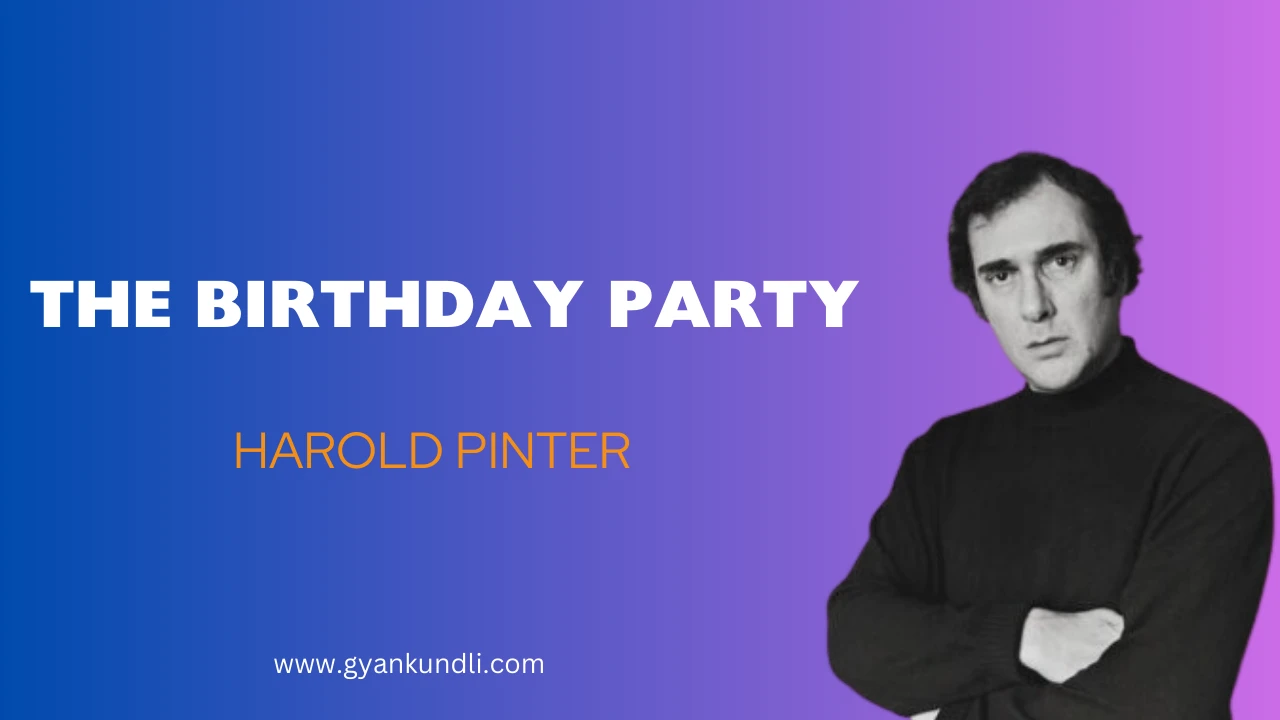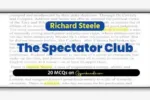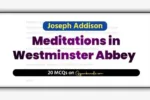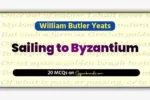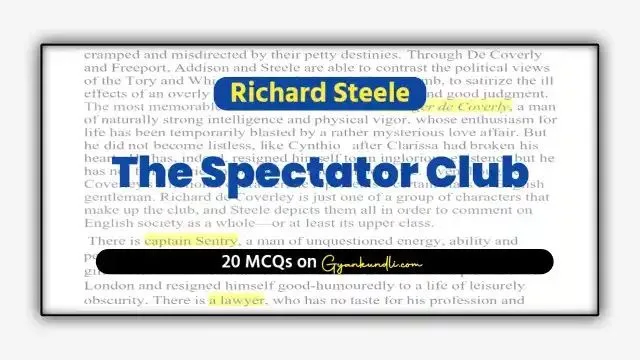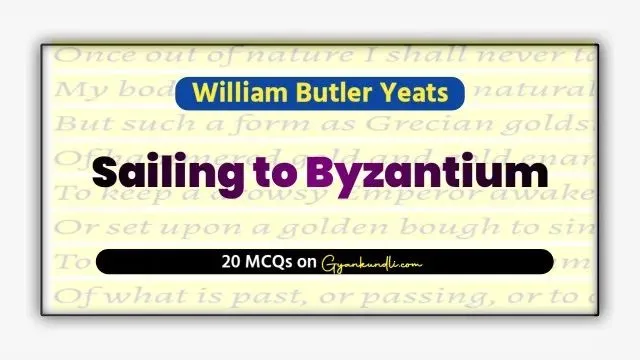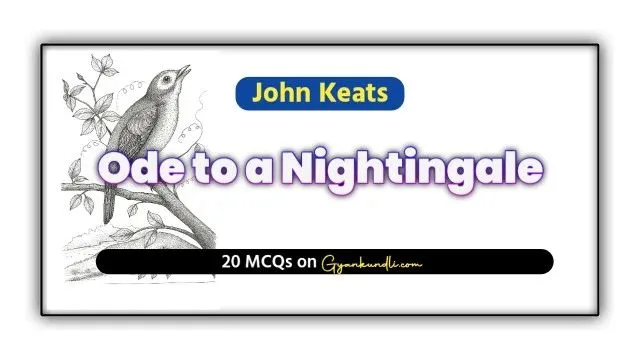1. Characters in The Birthday Party by Harold Pinter:
1. Stanley Webber: The protagonist of the play, Stanley is a seemingly ordinary and reserved man who resides in the boarding house. As the story unfolds, his past becomes a subject of intrigue, and his identity is questioned by other characters.
2. Meg Boles: The landlady of the boarding house where the play is set, Meg is a motherly figure who cares for Stanley. Her innocence and naivety add an element of contrast to the overall tension in the play.
3. Petey Boles: Petey is Meg’s husband, and he works at a nondescript job. He serves as a stabilizing force in the play, providing a sense of normalcy amid the growing absurdity.
4. Goldberg: A mysterious and imposing figure, Goldberg arrives with another character, McCann, and seems to have a hidden agenda. He engages in unsettling conversations and contributes to the play’s atmosphere of paranoia.
5. McCann: Accompanying Goldberg, McCann is a silent and menacing character. His presence and actions add to the overall tension and contribute to the sense of impending doom.
6. Lulu: A young woman who briefly appears in the play, Lulu is a source of fleeting distraction for Stanley. Her role is small but contributes to the complexity of the characters’ relationships.
2. “Absurd Realities: Interpreting Pinter’s ‘The Birthday Party'”
Harold Pinter, the expert in creating suspense, welcomes you to a strange boarding house by the sea in his play “The Birthday Party.” But don’t expect a usual gathering – it’s a bit like your grandma’s tea party gone mysterious. Get ready for a world where shadows move on sunlit walls, silence speaks louder than words, and a simple piano player named Stanley becomes part of a confusing game we don’t completely get.
“The Birthday Party” is more than just a play; it’s like a puzzle full of uncertainties, a class in building tension, and a strangely funny dance with strange things. It’s a place where teacups make threatening sounds, laughter turns into discomfort, and it’s hard to tell what’s real and what’s just in your head.
But Pinter doesn’t reveal his secrets easily, like a magician surprising you. He throws us into this weird place with bits of information, letting us figure out the puzzle on our own. Who is Stanley, really? Why have Goldberg and McCann, who seem pretty scary, come on his supposed birthday?
This blog post is your guide through the confusing paths of “The Birthday Party.” We’ll look at the strange silences, explain the mysterious talks, and Uncover the hidden meanings until we understand the play’s unsettling core. So, grab your imaginary magnifying glass and get ready to explore the strange brilliance of Pinter’s masterpiece.
Prepare for a journey through the fog, where reality changes because of unspoken fears and laughter hides a scary truth. In this first part, we’ll introduce you to the characters, the place, and the eerie feeling that fills the air like a storm cloud. Hold on tight; the mystery is just beginning…
3. “Mysteries by the Sea: Decoding the Setting of ‘The Birthday Party'”
Imagine a boarding house by the sea, not the pretty kind, but one with old paint, creaky floors, and a damp cold that gets into your bones. This is the small and uncomfortable world of “The Birthday Party,” a place where the sea air feels uneasy, and the walls remember things we can’t see.
Our main character, Stanley, stays in this place like a sailor stuck on a broken boat. He used to play the piano, but now he’s not doing so well. His past is hidden, and now he spends his time in the Boles’ boarding house, playing the piano and trying to find comfort.
But everything changes when Goldberg and McCann show up. They’re mysterious and a bit scary. Like a funny act, they pretend to be charming, but underneath, they’re quite serious. They look at Stanley like they can see through him, and their words have hidden threats.
The boarding house, which used to be a safe place, turns into a stage for their strange game. The old furniture becomes part of it, and the ticking clock makes everything feel tense. Every sound in the house seems to ask: who are these guys, and what do they want with Stanley?
Pinter is really good at making this setting feel weird. The small rooms show what’s happening inside Stanley, and the flickering candlelight makes strange shadows on the walls. The seaside, which should be a way out, becomes like a trap, and the endless sea reminds us that the game in the house can’t be escaped.
In this part, we’ll look more into the setting, seeing how Pinter uses the boarding house and the area around it to make a world that’s both normal and strange. It’s a place where everyday things turn spooky, and regular stuff hides something more scary. Get ready to enter the shadows, dear reader, and let the secrets of the boarding house tell their stories to you…
4. The Unraveling: When Shadows Play Games with Stanley
In “The Birthday Party,” Harold Pinter doesn’t just throw us into a mystery; he sets the stage for a mind game, where shadows become like weapons and silence talks louder than words. When Goldberg and McCann show up, everything gets confusing for Stanley and the people living in the boarding house.
The way they question Stanley is like a lesson in trickery. Goldberg, with his smooth talk and hidden threats, makes Stanley doubt what’s real. McCann, a big and silent guy, adds to the fear. Every question, pause, and silence makes a wall around Stanley, making him feel lost.
Pinter is known for using silences, and here, they become important. The quiet parts in talks, the things not said, make the air heavy with tension. It makes us, the people watching, guess what’s going on, like we’re part of the questioning, trying to figure out what each character wants.
Then there’s the game. It seems like a simple game of “‘blind man’s bluff,” but in Pinter’s world, even regular things are used in a mental battle. The cards turn into symbols, and the game keeps changing to confuse Stanley. It’s a game that shows his weaknesses, making him question who he is and face the shadows he tried to hide.
The boarding house, which used to be safe, becomes like a battlefield. The usual routines and talks get messed up by Goldberg and McCann always being there. The laughter that used to fill the air now sounds a bit crazy, and the smiles aren’t as happy. The characters, without their normal lives, start wondering who they really are, as the difference between what’s real and what’s not gets blurry.
This part will go deep into how Stanley’s world falls apart. We’ll see how Pinter uses questioning, silence, and the game of “‘blind man’s bluff” to break down Stanley’s world and show the dark stuff underneath. So, get ready, dear reader, because the shadows are going to tell their secrets…
Stay tuned for the next part, where we’ll talk about what the play means and the hidden messages it holds.
5. “Interpreting the Riddles: Symbolism in Pinter’s ‘The Birthday Party’”
Harold Pinter‘s “The Birthday Party” is like a colorful cloth with many confusing parts. Each part can be understood in different ways, and every sign tells a different tale. In this part, we’ll go on a trip through the play’s confusing layers, figuring out the hidden meanings in its strange mood and mysterious talks.
Lost in the Maze of Identity: One big idea in the story is about not knowing who you really are. Stanley, when questioned a lot by Goldberg and McCann, has to face the confusing and conflicting parts of himself. Is he the easygoing piano player he shows to others, or does he have a hidden, not-so-nice history? And who are Goldberg and McCann, actually? Are they part of some secret group, reflections of Stanley’s inner struggles, or just actors following a script in a big universal drama?
Inviting Individual Exploration: Pinter deliberately keeps things unclear. He doesn’t give easy answers or fixed meanings. Instead, he opens the doors to a maze and urges us, the audience, to wander through its twists and turns, finding our own understandings. What does the play say to you? What are the characters all about? Think about the unanswered questions and the lingering mysteries.
This part is like a starting point for you to dive into the play’s intricate world of symbols and meanings. Everyone reads it differently, and the beauty of “The Birthday Party” is that it can lead to endless talks and discoveries. So, my friend, take your torch and get ready to explore your own interpretations in this maze. The more you go into it, the more the play will unfold, revealing its mysterious layers bit by bit.
Keep an eye out for the final part, where we’ll look at the play’s impact and relevance, digging into how it has left a lasting impression and still connects with audiences today.
6. “Beyond the Curtain: The Legacy and Relevance of Pinter’s ‘The Birthday Party'”
Harold Pinter‘s “The Birthday Party” is more than a play; it’s like a living spirit that has stayed with people for over sixty years. Its strange atmosphere, puzzling questions, and its look into common worries still connect with audiences today, turning it into a timeless classic of modern theater.
A Legacy of Menace: Pinter changed the way we see funny stories with his “comedy of menace.” He made a place where laughs come with nervousness, where quiet moments say more than words, and where everyday things turn into reasons to feel scared and doubtful. This special mix of humor and darkness, of things being strange and asking big questions, keeps inspiring writers and artists from one generation to another.
Revealing What It Means to Be Human: Beyond the confusing story of the play, there’s a deep look at what it means to be human. Pinter talks about who we are, what we remember, what scares us, and how we try to be in control. He wants us to face our own weaknesses, worry about what we don’t know, and think about the outside powers that might try to control and boss us around.
Evergreen Relevance: In today’s world, where things are always changing, and who’s in charge keeps shifting, “The Birthday Party” is still really important. The play talks about fear, doubt, and losing who you are, which is just like the worries we have now. Whether it’s dealing with wrong information and strong political differences or always feeling watched and controlled, the play connects with what’s going on today.
An Invitation to Conversation: Pinter’s way of being unclear isn’t a problem; it’s a good thing. It asks us to talk, argue about what things mean, and figure out our own understanding in the confusing parts of the play. Instead of giving us simple answers, he wants us to think hard, question what we think is true, and have a conversation about the world around us.
The Enduring Power of the Absurd: In the end, “The Birthday Party” shows us how powerful nonsense can be. It says that life doesn’t always make sense, and it’s full of things we can’t predict or understand. When we accept the weirdness, laugh at the tough parts, and keep asking questions even if there are no answers, we might feel better knowing that everyone goes through similar things. And who knows, we might find a little bit of hope in the middle of all the unknown.
“The Birthday Party” is more than just a play; it’s like a conversation kickstarter, a brain teaser, and a reminder that sometimes the most confusing truths are right in front of us. So, my friend, go back to the play, dig into its mysteries, and let its puzzling echoes remind you that the important questions are often the ones we can’t answer. And don’t forget, the party might be done, but the talk is just getting started.
That wraps up the blog post setup for “The Birthday Party.” Feel free to make it yours, share your own thoughts, and most importantly, enjoy exploring this interesting and timeless piece of art!
FAQs : “The Birthday Party” by Harold Pinter:
1. What is “The Birthday Party” about?
– “The Birthday Party” is a play by Harold Pinter that revolves around the character Stanley Webber, who is celebrating his birthday at a boarding house. The arrival of two mysterious strangers leads to a series of events that unravel Stanley’s past and plunge the play into a surreal and tense atmosphere.
2. Who are the main characters in the play?
– The main characters include Stanley Webber, Meg Boles (landlady), Petey Boles (Meg’s husband), Goldberg, McCann, and Lulu. Each character contributes to the play’s mysterious and enigmatic tone.
3. What is the significance of the birthday celebration in the play?
– The birthday celebration serves as a catalyst for the events in the play. It becomes a focal point for the characters’ interactions and the unveiling of Stanley’s past. The celebration takes unexpected turns, contributing to the overall atmosphere of tension and unpredictability.
4. What is Pinteresque or Pinter’s style in this play?
– Pinteresque refers to the unique style of Harold Pinter, characterized by ambiguous dialogue, pauses, and a sense of menace. In “The Birthday Party,” Pinter’s style is evident through the cryptic conversations, silences, and the overall unsettling atmosphere.
5. What is the significance of the game of “Snap” in the play?
– The game of “Snap” becomes a microcosm of power dynamics, manipulation, and control in the play. It symbolizes the shifting nature of relationships and the unpredictability of the characters’ interactions.
6. What themes are explored in “The Birthday Party”?
– The play delves into themes such as identity, memory, fear, control, and the absurdity of human existence. Pinter prompts the audience to question the characters’ motives and the meaning behind their actions.
7. Why is the play considered a “comedy of menace”?
– “The Birthday Party” is often categorized as a “comedy of menace” due to its blend of humor and underlying threat. The play combines seemingly ordinary situations with a sense of foreboding, creating an unsettling and darkly humorous atmosphere.
8. How does the play address the concept of the absurd?
– Pinter explores the absurdity of life by presenting illogical and unpredictable situations in the play. The characters grapple with unanswered questions and face the unknown, highlighting the absurdity inherent in the human condition.
9. What is the enduring relevance of “The Birthday Party” today?
– The play’s exploration of fear, paranoia, and the erosion of individual identity resonates with contemporary issues such as misinformation, political polarization, and concerns about surveillance and manipulation.
10. Is there a definitive interpretation of “The Birthday Party”?
– No, Pinter intentionally leaves the play open to interpretation. The ambiguity allows for multiple readings, and different audiences may find varied meanings in the play, making it a subject of ongoing discussion and analysis.
Discover more from Gyankundli
Subscribe to get the latest posts sent to your email.
